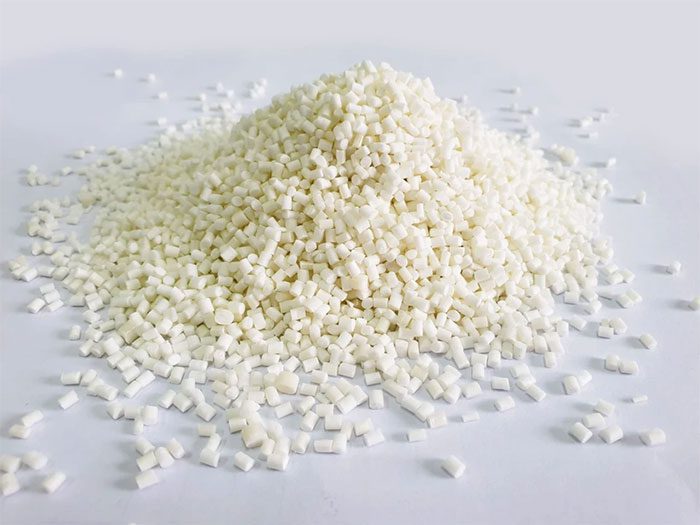Flame retardants used in thousands of consumer products in the United States for decades may increase the risk of cancer-related deaths.

Flame Retardants. (Photo: Reuters).
This is the result of a National Health and Nutrition Examination Survey published in the JAMA Network Open journal on April 1, which analyzed the levels of the chemical compounds polybrominated diphenyl ethers (PBDE) in the blood of 1,100 individuals from 2003 to 2004.
Researchers compared the levels of PBDE with death certificates over a period of 15 to 17 years and concluded that individuals with the highest blood PBDE concentrations had an approximately 300% increased risk of dying from cancer compared to those with the lowest levels.
While the study found a significant correlation between PBDE and all-cause cancer mortality, the researchers were unable to identify specific types of cancer from the available data.
Dr. Leonardo Trasande, a professor of pediatrics and public health at NYU Langone Health in New York City, stated that previous studies had identified associations between various types of flame retardants and cancer risk, but establishing a link to cancer mortality represents a significant advancement in scientific understanding.
Through this research, scientists are calling for further studies on the effects of PBDE on human health and emphasize the need for stricter regulations regarding the use of these chemicals in consumer products, as PBDE can infiltrate and persist in the human body, causing numerous unforeseen health issues.


















































